Planning Your Eco-Garden: Essential Steps
Creating an eco-friendly garden is not just a trend; it’s a way of life that benefits both you and the planet. Imagine stepping into a vibrant space filled with colorful blooms, buzzing bees, and the gentle rustle of leaves in the breeze. Sounds dreamy, right? But how do you turn this vision into reality? Well, buckle up because we're about to dive into the essential steps for planning your eco-garden! From choosing the right location to selecting native plants, each aspect plays a crucial role in crafting a sustainable haven.
First things first, the location of your garden is paramount. Think about it: if you were to build a house, you wouldn’t just plop it anywhere! The same goes for your garden. You want to find a spot that receives adequate sunlight, has good drainage, and is close to a water source. The right location can make all the difference in how well your plants thrive. So, take a moment to survey your yard and consider how the sun moves across it throughout the day. Are there shady spots that might hinder growth? Or maybe areas that get too much sun? These are all important factors to keep in mind.
Next up is soil health. Healthy soil is like the backbone of your garden. Without it, your plants may struggle to grow, leaving you feeling frustrated. Start by testing your soil to understand its composition and nutrient levels. This will help you identify any necessary amendments. Think of soil preparation as giving your plants a solid foundation to stand on. You wouldn't build a house on quicksand, right? By enhancing soil fertility and structure through organic practices, you set your garden up for success.
Now that we’ve set the stage, let’s talk about composting. This is where the magic happens! Composting is an excellent way to recycle organic waste and enrich your soil. It’s like giving your garden a nutritious meal. You can start by creating a compost system that suits your needs. Whether you have a small apartment or a sprawling backyard, there’s a composting method for you. Not only does composting reduce landfill waste, but it also supports your eco-garden by providing essential nutrients to your plants.
When it comes to composting, there are several methods to consider. Here are a few popular options:
- Traditional Composting: This method involves layering green (nitrogen-rich) and brown (carbon-rich) materials in a compost bin.
- Vermicomposting: Using worms to break down organic material, this method is great for small spaces and produces nutrient-rich worm castings.
- Bokashi: A fermentation process that allows you to compost meat and dairy, making it an excellent option for kitchen scraps.
Each of these methods has unique benefits, so choose one that fits your lifestyle and garden needs.
Once you’ve set up your compost, regular maintenance is key to success. You’ll need to monitor moisture levels—think of it as giving your compost a drink when it’s thirsty. Aerating your compost is also essential; it’s like giving it a good stir to keep things moving along. And don’t worry if you encounter some common issues, like odors or pests. With a little troubleshooting, you can keep your compost healthy and thriving.
Water is another critical component of your eco-garden. Implementing water-saving strategies is vital, especially in times of drought. Techniques such as rainwater harvesting and drip irrigation can help you manage water resources efficiently. Rainwater harvesting involves collecting rain from your roof and directing it to storage barrels. This not only conserves water but also provides your plants with natural, chemical-free hydration. Drip irrigation, on the other hand, delivers water directly to the roots of your plants, minimizing waste and evaporation.
Now, let’s shift our focus to native plants. These are the unsung heroes of the gardening world. By choosing plants that are native to your area, you’re promoting biodiversity and ensuring that your garden thrives in its local climate. Native plants are adapted to the environment, which means they typically require less water and maintenance. Plus, they attract pollinators like bees and butterflies, creating a lively ecosystem right in your backyard.
Native plants offer a plethora of advantages:
- Reduced water usage: They’re adapted to local rainfall patterns.
- Support for local wildlife: They provide habitat and food for birds, insects, and other creatures.
- Low maintenance: Once established, they require less care than non-native species.
By incorporating native plants into your eco-garden, you’re not just beautifying your space; you’re also contributing to a resilient and sustainable ecosystem.
Finally, let’s talk about biodiversity. Encouraging a variety of species in your garden is crucial for ecological balance. Think of your garden as a mini-ecosystem. By designing habitats that support various species—from beneficial insects to birds and small mammals—you’re creating a thriving environment. Consider adding features like birdhouses, insect hotels, and native flowering plants to attract a diverse range of wildlife. The more diverse your garden, the more resilient it will be against pests and diseases.
- What are the best native plants for my region? Research local plant nurseries or extension services for recommendations on native species that thrive in your area.
- How often should I water my eco-garden? It depends on your climate and the plants you choose. Generally, native plants require less frequent watering.
- Can I compost meat and dairy? Yes, but it requires specific methods like Bokashi composting to do so safely.
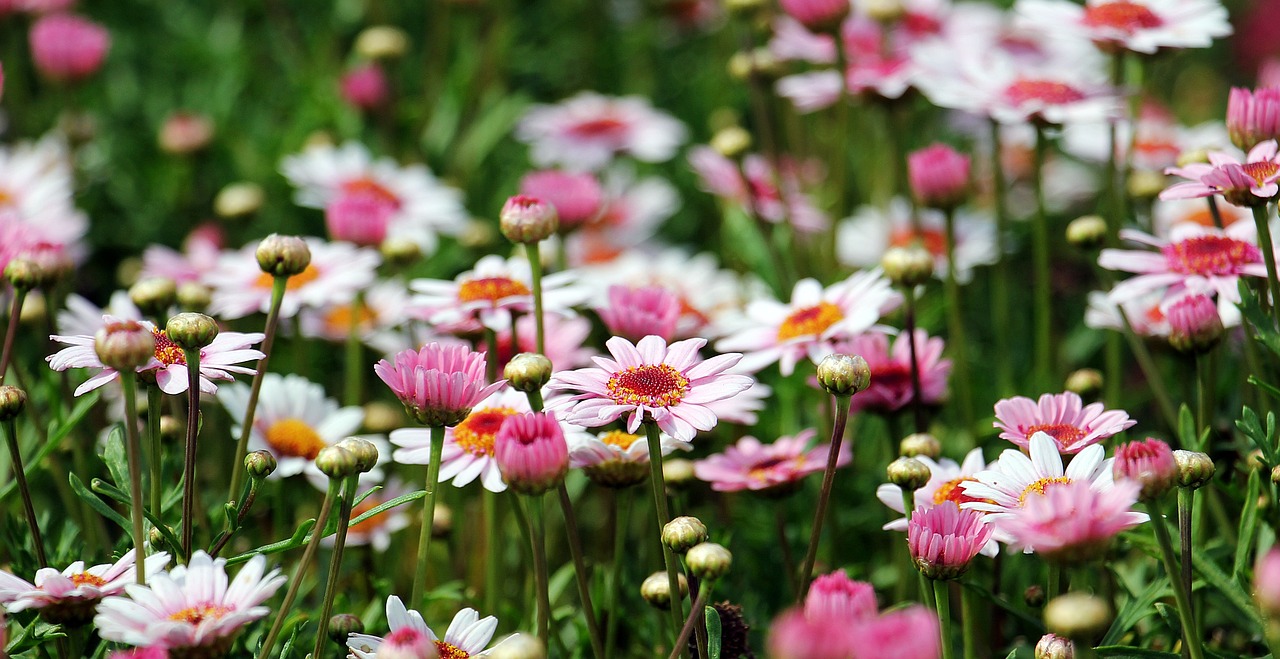
Choosing the Right Location
When it comes to planning your eco-garden, the location you choose can make all the difference between a flourishing paradise and a struggling patch of dirt. Think of your garden as a living organism; just as every organism needs the right environment to thrive, so do your plants. Start by observing your yard throughout the day. Where does the sun shine the brightest? Where are the shaded spots? These factors will significantly impact the growth of your plants.
One of the first things to consider is sunlight. Most vegetables and flowers crave a good amount of sunlight, typically around 6-8 hours per day. If your garden site is too shady, you may find yourself battling leggy plants that stretch for light. On the flip side, too much sun can scorch delicate leaves. It’s all about finding that sweet spot. You might want to grab a notebook and jot down the sun's path across your yard, marking the sunny and shady areas. This little exercise will help you visualize the best spots for planting.
Next up, let’s talk about drainage. Waterlogged soil can drown your plants, while overly dry soil can leave them parched. To check the drainage of your chosen site, dig a small hole about a foot deep and fill it with water. If it drains within a few hours, you’re in good shape. If it takes longer, you might want to reconsider that spot or think about incorporating raised beds to improve drainage.
Another crucial factor is proximity to water sources. Watering your garden can be a chore, especially if you have to lug buckets from far away. Try to position your eco-garden near a water source, such as a hose or a rain barrel. This not only saves you time but also encourages consistent watering practices—an essential component for maintaining healthy plants.
Lastly, consider the wind exposure of your garden site. In some areas, strong winds can wreak havoc on young plants, causing them to topple or dry out quickly. If your garden is in a particularly windy spot, think about planting a windbreak, such as a row of shrubs or taller plants, to shield your delicate flowers and vegetables.
In summary, when choosing the right location for your eco-garden, keep these factors in mind:
- Sunlight: Aim for 6-8 hours of direct sunlight.
- Drainage: Ensure good drainage to prevent waterlogging.
- Water Access: Position your garden near a water source for convenience.
- Wind Protection: Consider natural barriers to protect against strong winds.
By taking the time to carefully select the right location, you’re setting yourself up for a successful eco-garden that not only benefits your plants but also enriches your gardening experience. Remember, the right spot can turn your garden into a vibrant ecosystem that flourishes with life!
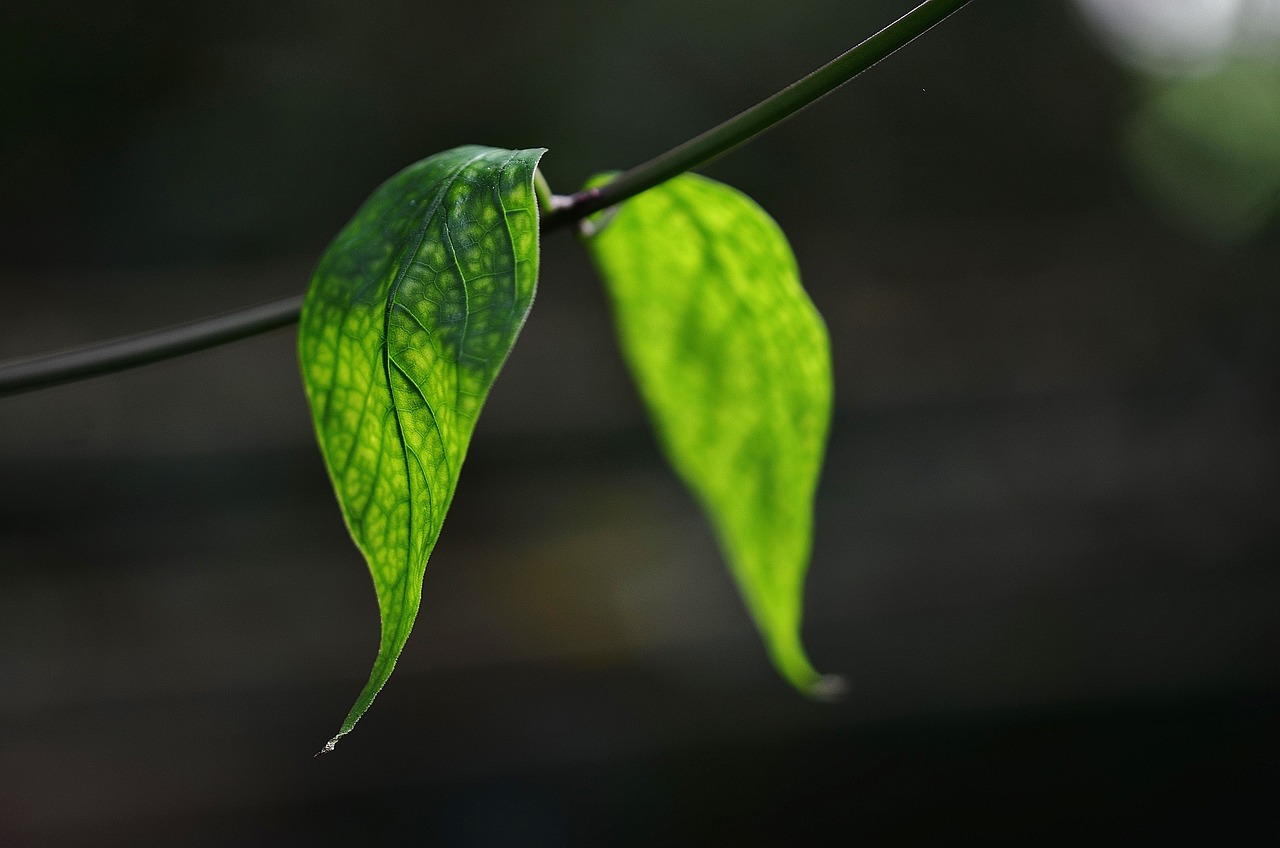
Soil Health and Preparation
When it comes to creating an eco-garden, healthy soil is your best friend. Think of soil as the foundation of a house; without a solid base, everything else is at risk. To kickstart your gardening journey, you need to understand the importance of soil health and preparation. Start by testing your soil to determine its pH and nutrient levels. This can be done using a simple soil test kit available at garden centers or online. Knowing your soil's composition will help you make informed decisions about amendments and fertilizers.
Once you have your soil test results, you can enhance its fertility and structure. Organic matter is key here! Adding compost, well-rotted manure, or leaf mold can significantly improve soil texture and nutrient content. These amendments not only provide essential nutrients but also improve drainage and aeration, which are crucial for root development. Remember, healthy soil is alive with microorganisms, and the more organic matter you add, the more vibrant your soil ecosystem becomes.
Speaking of organic matter, let’s dive into the world of composting. Composting is a fantastic way to recycle kitchen scraps and yard waste while enriching your soil. By creating a compost system, you can reduce landfill waste and provide your garden with a nutrient-rich amendment. Start by collecting materials such as fruit and vegetable peels, coffee grounds, grass clippings, and dried leaves. Just be mindful to avoid meat, dairy, and oily foods, as these can attract pests.
There are several methods of composting, each with its unique benefits:
- Traditional Composting: This involves layering greens (nitrogen-rich materials) and browns (carbon-rich materials) in a compost bin or pile. Turn it regularly to aerate and speed up decomposition.
- Vermicomposting: Using worms to break down organic waste, this method produces nutrient-dense worm castings, which are fantastic for your plants.
- Bokashi: A fermentation process that utilizes specific microorganisms to break down kitchen waste, Bokashi composting is odorless and can handle a wider variety of materials.
Now that you've got your compost system set up, it’s essential to maintain it. Regularly check the moisture levels; your compost should be as damp as a wrung-out sponge. If it’s too dry, add water or more green materials. If it’s too wet, incorporate dry materials like straw or shredded paper to balance it out. Aeration is also crucial—turn your compost pile every few weeks to keep it aerated and speed up the decomposition process. If you notice unpleasant smells, it could be a sign of anaerobic conditions, which can often be remedied by turning the pile and adding more browns.
In summary, preparing your soil and maintaining its health is a vital step in creating a thriving eco-garden. By testing your soil, adding organic matter, and employing composting techniques, you’ll lay a strong foundation for your plants to flourish. Remember, healthy soil leads to healthy plants, and a healthy garden is the ultimate reward for your efforts!
Q1: How often should I test my soil?
A: It's recommended to test your soil at least once a year, especially before planting season, to monitor its health and nutrient levels.
Q2: Can I compost meat and dairy products?
A: It's best to avoid composting meat and dairy as they can attract pests and create odors. Stick to plant-based materials for a successful compost.
Q3: What is the best way to aerate my compost?
A: You can aerate your compost by turning it with a pitchfork or shovel every few weeks. This helps introduce oxygen, which is vital for the decomposition process.
Q4: How do I know if my compost is ready?
A: Your compost is ready when it looks dark and crumbly, has an earthy smell, and you can no longer identify the original materials.
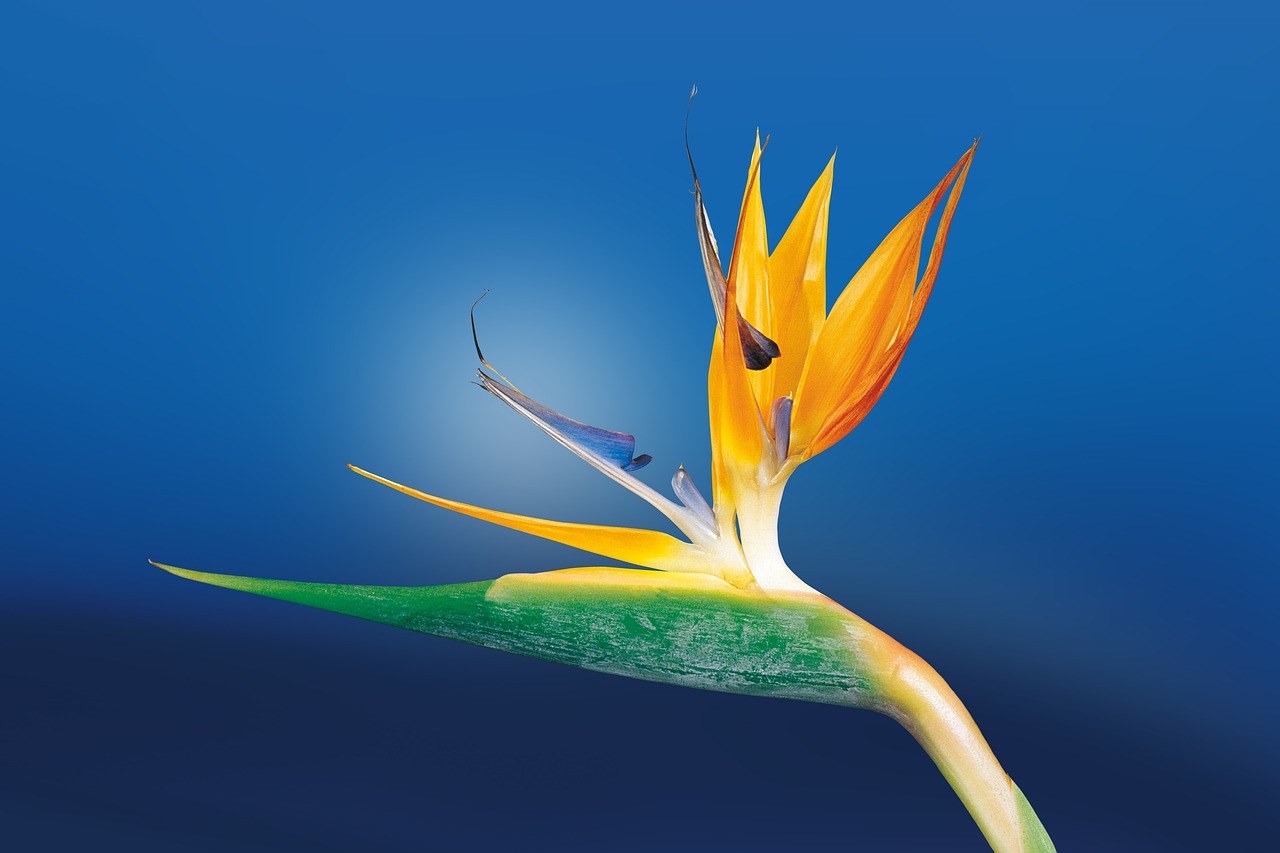
Composting Basics
Composting is one of the most rewarding practices you can embrace as an eco-gardener. It’s not just about throwing kitchen scraps into a pile; it’s a transformative process that turns organic waste into black gold—nutrient-rich compost that can rejuvenate your garden soil. Think of composting as nature’s recycling program, where everything old can become new again! By composting, you’re not only reducing the amount of waste that ends up in landfills but also enhancing the health of your garden.
To kick off your composting journey, you’ll want to gather your materials. The key components of a successful compost pile are greens and browns. Greens include nitrogen-rich materials like fruit scraps, vegetable peels, and grass clippings, while browns consist of carbon-rich materials such as dried leaves, straw, and cardboard. A good rule of thumb is to maintain a ratio of about 1 part greens to 3 parts browns. This balance helps create the ideal environment for microorganisms to thrive, breaking down the organic matter efficiently.
Once you’ve collected your materials, it’s time to build your compost pile or bin. You can choose from various composting methods, such as a traditional heap, a compost tumbler, or even a worm bin for vermicomposting. Each method has its perks, but they all serve the same purpose: to decompose organic waste into nutrient-dense compost. If you’re looking for a simple setup, a 3-foot by 3-foot square bin is a great starting point. Ensure that your compost pile is kept moist, similar to a damp sponge, as moisture is crucial for the decomposition process.
As your compost breaks down, you’ll want to turn it regularly—about once every few weeks. This aeration process introduces oxygen to the pile, which is essential for the microorganisms that do the heavy lifting in composting. If you notice your compost pile is too dry, sprinkle some water over it. Conversely, if it’s too wet and smells unpleasant, add more browns to balance it out. Maintaining the right moisture level and aeration will lead to a faster composting process, allowing you to reap the benefits sooner rather than later.
To help you visualize the composting process, here’s a simple table outlining the dos and don’ts of composting:
| Do | Don't |
|---|---|
| Add kitchen scraps like fruit and vegetable peels. | Include meat, dairy, or oily foods, which can attract pests. |
| Use yard waste like leaves and grass clippings. | Add weeds with seeds, as they may sprout in your compost. |
| Turn your pile regularly to aerate it. | Let it sit without turning, which can lead to odor issues. |
In summary, composting is an essential practice for anyone looking to create a sustainable garden. Not only does it recycle waste, but it also enriches your soil, supports healthy plant growth, and contributes to a thriving ecosystem. By following these basic steps and maintaining your compost pile, you’ll soon find yourself with a rich, dark compost that your plants will love. So, roll up your sleeves, gather those scraps, and start composting today—it’s a small effort that yields big rewards!
Q: How long does it take for compost to be ready?
A: Depending on the materials used and how often you turn the pile, compost can take anywhere from a few weeks to several months to break down fully.
Q: Can I compost citrus peels?
A: Yes, but in moderation. Citrus can be acidic, so it’s best to balance them with other materials to avoid overwhelming your compost.
Q: What should I do if my compost smells bad?
A: A foul odor usually indicates that your compost is too wet or lacks oxygen. Try adding more browns and turning the pile to aerate it.

Types of Composting
When it comes to composting, there isn't a one-size-fits-all method. Each type of composting has its own advantages and can cater to different needs and preferences. Understanding these methods can help you choose the right approach for your eco-garden. Let's dive into some popular composting types that can transform your kitchen scraps and yard waste into nutrient-rich soil.
Traditional Composting is perhaps the most familiar method. This approach involves creating a compost pile or bin where you layer organic materials such as fruit and vegetable scraps, grass clippings, and dried leaves. The key to successful traditional composting lies in the balance of green materials (high in nitrogen) and brown materials (high in carbon). You’ll want to turn your pile regularly to aerate it, which speeds up the decomposition process. It’s like giving your compost a breath of fresh air!
On the other hand, Vermicomposting uses worms to break down organic material. This method is particularly effective for those who may not have a lot of outdoor space. In a worm bin, red wigglers feast on your kitchen scraps, producing nutrient-rich worm castings that are a gardener's dream. It's like having a little factory of soil nutrients right in your home! The worms do all the hard work for you, and they thrive on a diet of fruit peels, coffee grounds, and even shredded paper.
Another innovative method is Bokashi Composting, which is a fermentation process that uses a special mixture of microorganisms to break down organic waste. This method is ideal for those who want to compost meat and dairy products, which are typically a no-go in traditional composting. With Bokashi, you can add food scraps directly to a sealed container, sprinkle in the Bokashi mix, and let the fermentation work its magic. After a few weeks, you'll have a pre-compost that can be buried in the garden or added to your traditional compost pile. Think of it as a shortcut to composting that allows you to recycle more waste!
Each composting method has its unique charm and benefits. If you're looking for a straightforward approach, traditional composting might be your best bet. However, if you're short on space or want to compost a wider range of materials, consider vermicomposting or Bokashi. The beauty of these methods is that they can often be combined, allowing you to maximize your waste recycling efforts while enriching your garden soil.
In summary, choosing the right composting method depends on your lifestyle, available space, and the types of waste you want to recycle. By understanding the different types of composting, you can make an informed decision that aligns with your eco-friendly goals and contributes to a sustainable gardening practice.
- What materials can I compost? Most kitchen scraps, yard waste, and even some paper products can be composted. Avoid meat, dairy, and oily foods in traditional composting.
- How long does it take to make compost? Traditional composting can take anywhere from 3 months to 2 years, depending on conditions. Vermicomposting can produce compost in as little as 2-3 months.
- Can I compost in the winter? Yes! While decomposition slows down in colder temperatures, you can still compost. Insulating your compost pile can help keep it warm.
- Do I need to turn my compost? Turning your compost helps aerate it and speeds up the decomposition process, but it’s not strictly necessary for all methods.
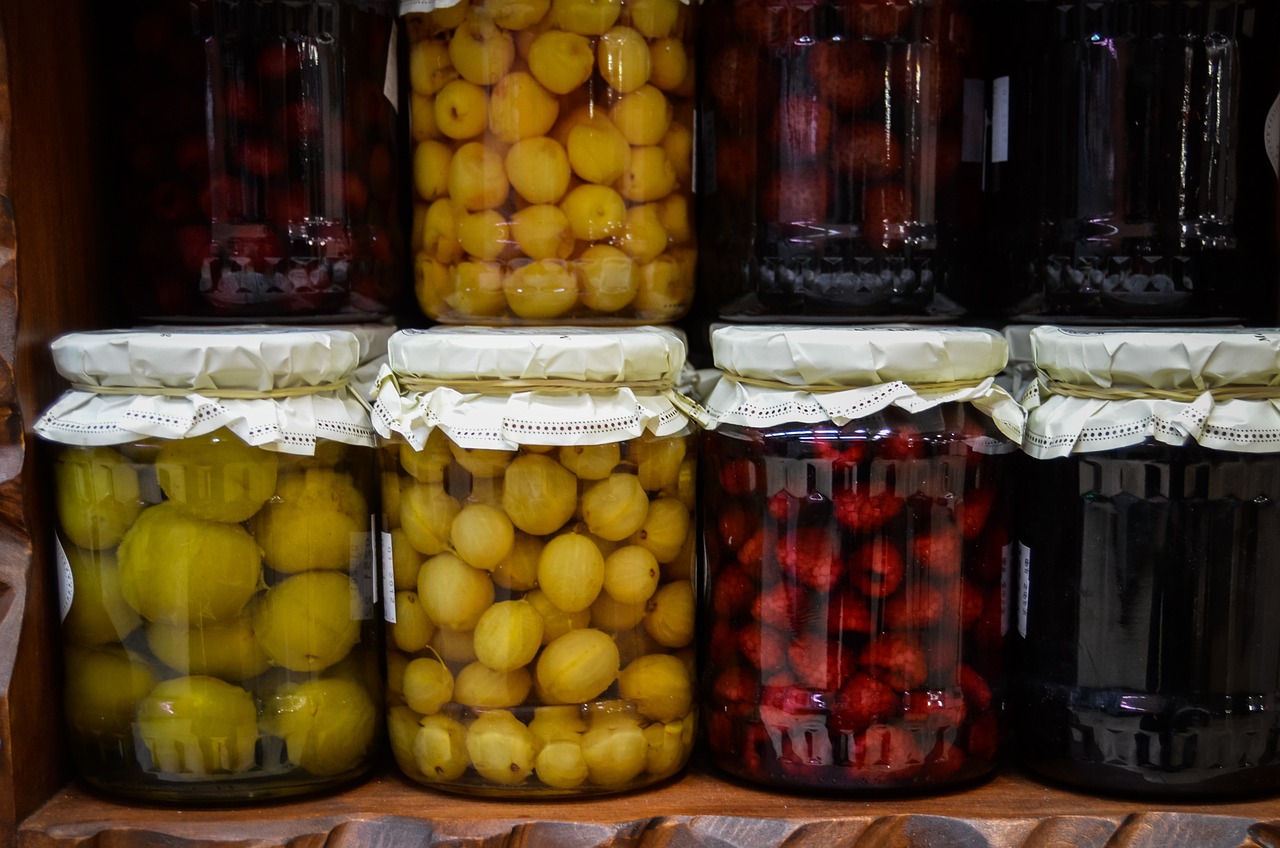
Maintaining Your Compost
Maintaining your compost is not just a chore; it's an art form that can lead to a thriving eco-garden. Think of your compost pile as a living organism that requires your attention and care to flourish. Just like a pet, it needs feeding, watering, and occasional grooming! The first step in this nurturing process is to monitor the moisture levels of your compost. Ideally, your compost should be as damp as a wrung-out sponge. Too dry, and the microorganisms that break down the material will go dormant; too wet, and you’ll end up with a smelly, anaerobic mess. A simple trick is to grab a handful of compost and squeeze it—if a few drops of water escape, you’re good to go!
Next, let’s talk about aeration. Just like us, compost heaps need to breathe! Regularly turning your compost pile with a pitchfork or a compost aerator introduces oxygen, which is essential for the aerobic bacteria that do the heavy lifting in breaking down organic material. Aim to turn your pile every 1-2 weeks, and you'll notice a significant improvement in decomposition speed. If you notice that your compost is compacted, it might be time to get in there and fluff it up!
Now, if you run into some common composting issues, don’t panic! Here are a few troubleshooting tips:
- Odor: A foul smell usually indicates that your compost is too wet or lacks oxygen. Turn the pile and add dry materials like leaves or shredded paper to balance it out.
- Slow decomposition: If your compost is breaking down slowly, it might be too dry or lacking nitrogen. Add some green materials like kitchen scraps or grass clippings to kickstart the process.
- Pests: If you notice unwanted critters, it could be due to food scraps being too exposed. Ensure you're burying kitchen waste within the pile and using a closed bin if necessary.
Incorporating these maintenance practices will not only enhance your compost but also contribute to the overall health of your eco-garden. Remember, patience is key; composting is a process that takes time, but the rewards are well worth the effort. You'll be rewarded with rich, dark compost that can be used to nourish your plants, making your garden thrive while reducing waste. So roll up your sleeves, get your hands dirty, and enjoy the satisfying journey of compost maintenance!
Q: How often should I turn my compost?
A: Ideally, you should turn your compost every 1-2 weeks to keep it aerated and promote faster decomposition.
Q: What should I do if my compost smells bad?
A: A bad smell usually indicates that your compost is too wet or compacted. Turn the pile and add dry materials like leaves or straw to help balance it out.
Q: Can I compost meat and dairy products?
A: It's generally not recommended to compost meat and dairy as they can attract pests. Stick to plant-based scraps for best results.
Q: How long does it take for compost to be ready?
A: Compost can take anywhere from a few weeks to several months to fully decompose, depending on the materials used and how well you maintain it.
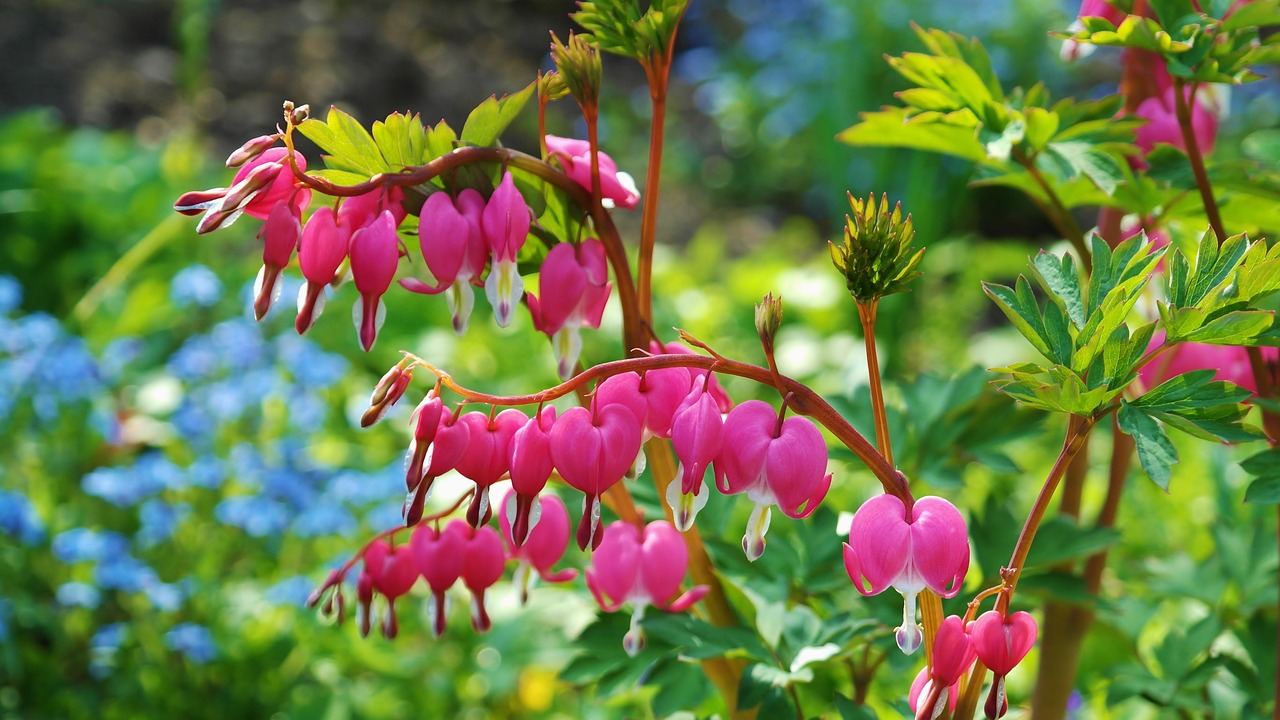
Water Conservation Techniques
In an age where every drop counts, have become essential for eco-gardening. Think of your garden as a delicate ecosystem that thrives on the balance of resources, especially water. By implementing effective strategies, you not only nurture your plants but also contribute to a sustainable future. So, how can you maximize your garden's water efficiency?
One of the most effective methods is rainwater harvesting. This technique involves collecting and storing rainwater from roofs or other surfaces for later use. Imagine transforming your garden into a self-sufficient oasis that relies on nature's bounty. You can use barrels or cisterns to capture rainwater, which can then be used for watering your plants during dry spells. Not only does this reduce your reliance on municipal water supplies, but it also minimizes runoff and erosion.
Another fantastic approach is drip irrigation. Unlike traditional watering methods that often waste water through evaporation or runoff, drip irrigation delivers water directly to the root zone of your plants. This method ensures that your plants receive the right amount of moisture without excess. Picture it as a gentle rain that only falls where it’s needed most—right at the base of your plants. With this system, you can save up to 50% more water compared to conventional watering techniques.
Additionally, mulching is a game-changer in water conservation. By applying a layer of organic materials like straw, wood chips, or grass clippings around your plants, you create a protective barrier that reduces evaporation. This not only keeps the soil moist but also suppresses weeds that compete for water. It’s like giving your garden a cozy blanket that retains warmth and moisture. Furthermore, as the mulch breaks down, it enriches the soil with nutrients, fostering a healthy garden ecosystem.
Let’s not forget about plant selection. Choosing drought-resistant plants that are well-suited to your local climate can drastically reduce your watering needs. Native plants, for example, have adapted to thrive in your area’s specific conditions, requiring less water and maintenance. Think of them as the superheroes of your garden—strong, resilient, and perfectly suited for their environment. By incorporating these plants, you create a vibrant landscape that conserves water and supports local wildlife.
In summary, adopting water conservation techniques in your eco-garden is not just about saving water; it’s about creating a sustainable environment that flourishes with minimal input. By harvesting rainwater, utilizing drip irrigation, applying mulch, and selecting the right plants, you can cultivate a thriving garden that respects and preserves our planet’s precious resources.
- What is rainwater harvesting? Rainwater harvesting is the practice of collecting and storing rainwater for later use, particularly for irrigation.
- How does drip irrigation work? Drip irrigation delivers water directly to the roots of plants through a network of tubing and emitters, minimizing waste.
- Why is mulching important? Mulching helps retain soil moisture, suppress weeds, and improve soil quality as it decomposes.
- What are some drought-resistant plants? Examples include succulents, lavender, and many native grasses that require less water.
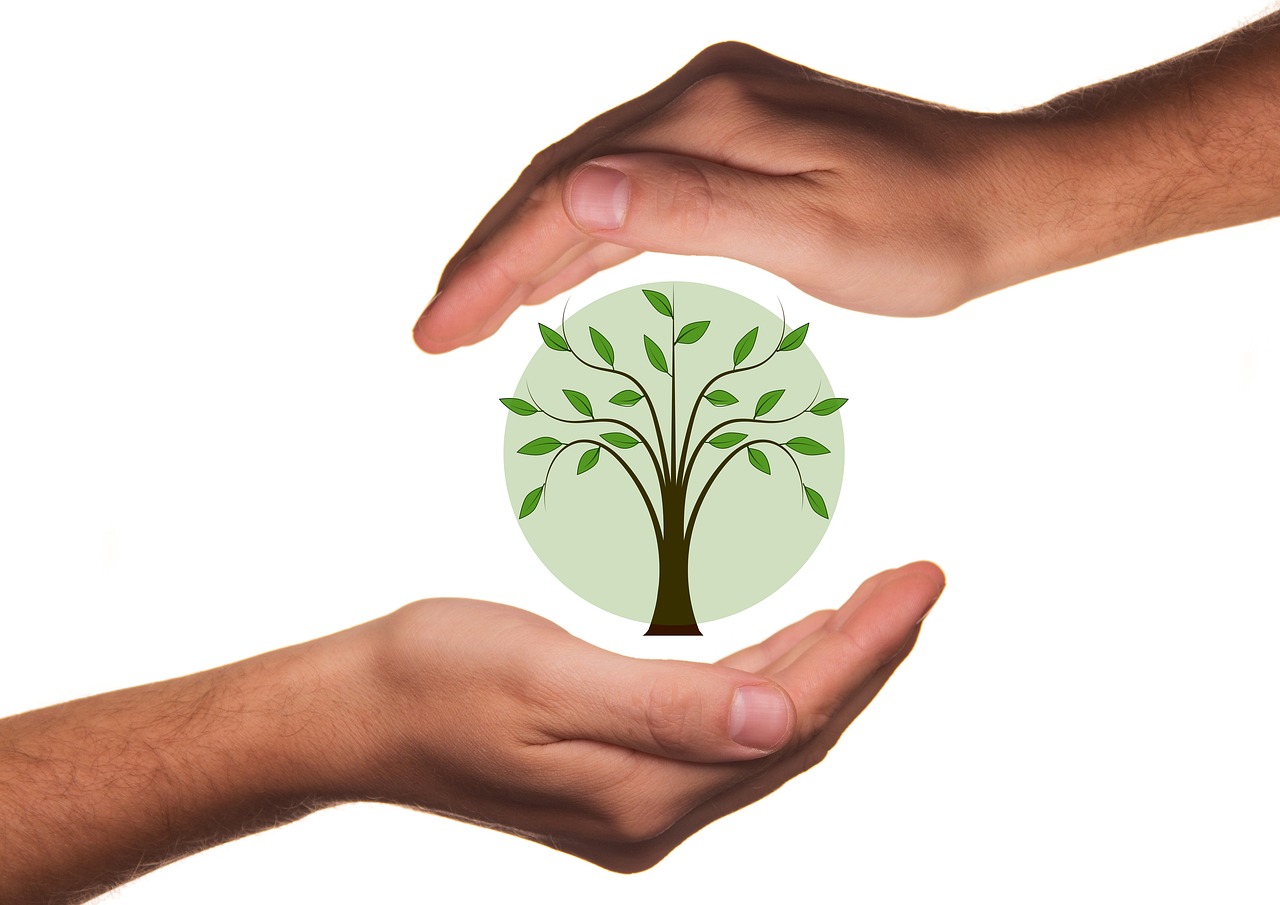
Selecting Native Plants
When it comes to creating an eco-garden, is one of the most impactful choices you can make. Native plants are those that naturally occur in your region, and they have adapted to the local climate, soil, and wildlife conditions over thousands of years. This means they not only thrive with minimal care, but they also play a crucial role in supporting local ecosystems. Imagine your garden as a small piece of the larger puzzle of nature; by choosing native species, you're helping to complete that picture.
One of the biggest advantages of native plants is their ability to conserve water. Because they are adapted to your area’s rainfall patterns, they typically require less irrigation compared to non-native species. This is especially important in times of drought when every drop counts. For instance, a native plant like the California poppy not only brings vibrant color to your garden but also needs far less water than many exotic plants that might struggle in the same environment.
Moreover, native plants are essential for biodiversity. They provide food and habitat for local wildlife, including birds, insects, and other beneficial creatures. By incorporating a variety of native species, you can create a thriving ecosystem right in your backyard. Think of it as throwing a party for your local wildlife; the more diverse the menu, the more guests you attract! Some great native plants to consider include:
- Bee Balm - Attracts pollinators like bees and hummingbirds.
- Black-eyed Susan - A hardy flower that blooms all summer long.
- Wild Bergamot - Known for its fragrant leaves and ability to attract butterflies.
Choosing the right native plants also means considering their growth habits and how they fit into your garden’s design. Some native plants can be quite aggressive, spreading rapidly and potentially outcompeting your other plants. Therefore, it’s wise to do a little research or consult with local gardening experts to find the best species for your space. You might want to use a
| Plant Name | Sunlight Requirements | Soil Type | Water Needs |
|---|---|---|---|
| Bee Balm | Full Sun to Partial Shade | Moist, Well-drained | Moderate |
| Black-eyed Susan | Full Sun | Well-drained | Low |
| Wild Bergamot | Full Sun | Moist, Well-drained | Moderate |
In conclusion, selecting native plants for your eco-garden is not just about aesthetics; it’s about making a positive impact on the environment. By choosing plants that are well-suited to your local climate and soil conditions, you can create a sustainable garden that thrives with minimal input while supporting local wildlife and promoting biodiversity. So, roll up your sleeves and start planting—your eco-garden awaits!
Q: Why should I choose native plants over non-native plants?
A: Native plants are adapted to your local environment, requiring less water and maintenance while supporting local wildlife and ecosystems.
Q: How do I find native plants suitable for my area?
A: Consult local gardening centers, extension services, or native plant societies for guidance on the best species for your region.
Q: Can I mix native plants with non-native plants in my garden?
A: Yes, but it’s essential to ensure that the non-native plants are not invasive and won’t outcompete the native species.
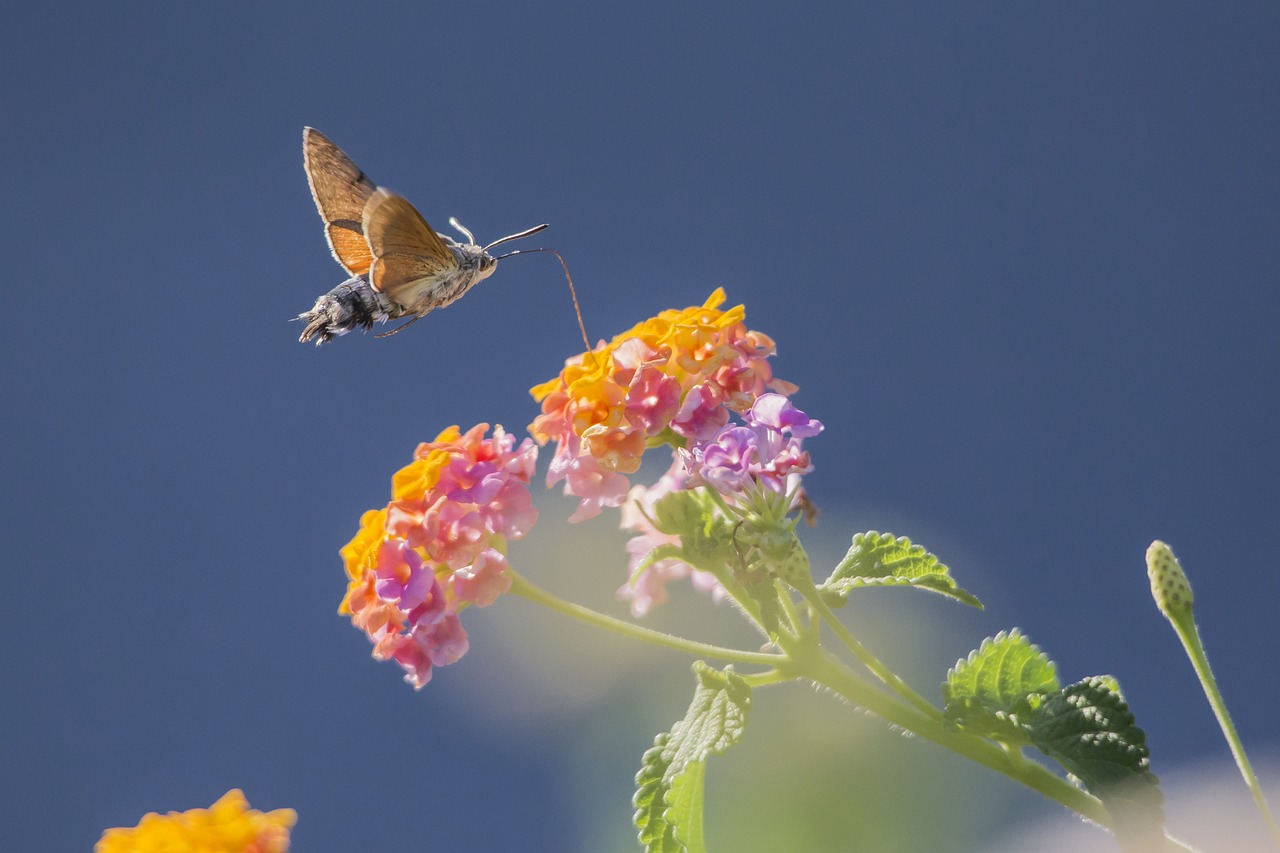
Benefits of Native Plants
When it comes to gardening, choosing the right plants can make all the difference, and that's where native plants shine. These beauties are like the superheroes of the gardening world, perfectly adapted to your local climate and soil conditions. Imagine a garden filled with vibrant colors and buzzing with life, all while requiring minimal effort from you! Isn't that what every gardener dreams of?
One of the most significant benefits of native plants is their low maintenance nature. Since they are already accustomed to the local environment, they typically require less water, fertilizer, and pest control compared to non-native species. This means you can spend less time worrying about your plants and more time enjoying your garden. Plus, lower water usage is a huge win for the environment, especially in areas prone to drought.
But wait, there's more! Native plants also play a crucial role in supporting local wildlife. By selecting species that are indigenous to your area, you provide essential habitats and food sources for birds, butterflies, and other pollinators. Think of your garden as a bustling community where every plant, insect, and animal plays a part in the ecosystem. When you plant native species, you’re not just beautifying your space; you’re creating a thriving environment for local fauna.
Moreover, native plants are typically more resilient to local pests and diseases. This means you can say goodbye to harsh chemicals and hello to a more eco-friendly approach to gardening. With fewer pests to contend with, your garden can flourish naturally, promoting a healthier ecosystem. It’s like having a built-in defense system that keeps your garden thriving without all the extra hassle!
In addition, native plants contribute to biodiversity. By incorporating a variety of native species, you help maintain the ecological balance in your area, supporting everything from soil health to water quality. A diverse garden is not just visually appealing; it’s a vital component of a healthy environment.
To sum it all up, here are some of the standout benefits of native plants:
- Low Maintenance: They require less water and care.
- Support for Wildlife: They provide habitats and food for local species.
- Pest Resistance: They are naturally resilient to local pests and diseases.
- Biodiversity: They help maintain ecological balance.
Incorporating native plants into your eco-garden is not just a trend; it’s a sustainable choice that benefits both you and the environment. So why not start your journey towards a vibrant, low-maintenance garden that supports local wildlife and promotes biodiversity? After all, a garden filled with native plants is like a beautiful song sung by nature itself—harmonious and full of life!
Q: What are native plants?
A: Native plants are species that naturally occur in a specific region and have adapted to the local climate and soil conditions.
Q: Why should I choose native plants for my garden?
A: Native plants require less maintenance, support local wildlife, and are more resilient to pests and diseases, making them an eco-friendly choice.
Q: How do native plants benefit the environment?
A: They promote biodiversity, improve soil health, enhance water quality, and provide habitats for local species.
Q: Can I mix native plants with non-native species?
A: Yes, but it’s essential to ensure that the non-native species are not invasive and won’t outcompete the native plants.
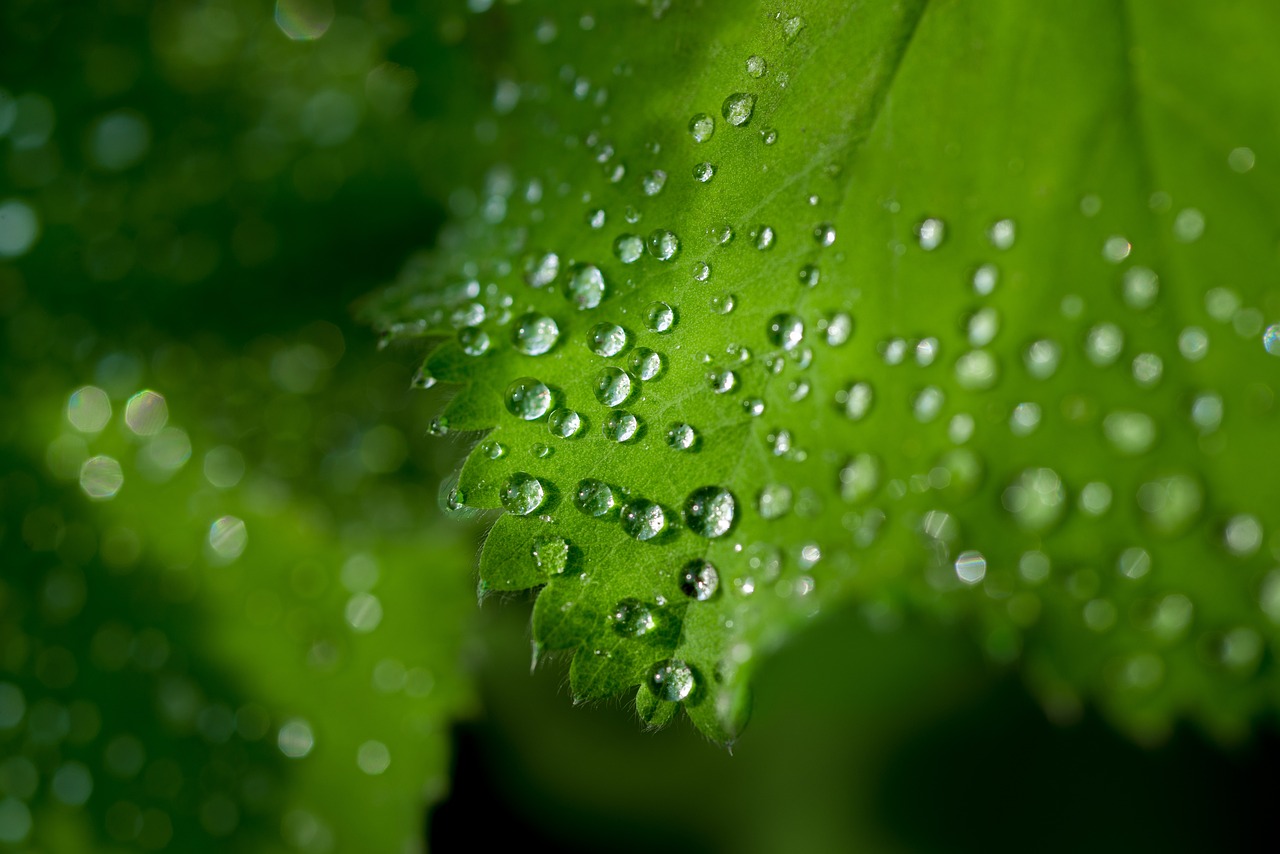
Creating Biodiversity
Creating biodiversity in your eco-garden is not just a trendy idea; it’s a vital part of nurturing a thriving ecosystem. Think of your garden as a mini-universe, where every plant, insect, and animal plays a role in maintaining balance. When you introduce a variety of species, you’re essentially inviting nature’s helpers into your space. These helpers, from pollinators to pest controllers, contribute to a healthier garden environment.
Imagine walking through a vibrant garden filled with colorful flowers, buzzing bees, and fluttering butterflies. This isn’t just beautiful; it’s a sign of a well-balanced ecosystem. Biodiversity helps to create resilience against pests and diseases, ensuring that your plants can thrive even in challenging conditions. By fostering a diverse environment, you’re also encouraging natural processes that benefit your garden.
To create biodiversity, start by designing habitats that cater to various species. Here are some effective strategies you can implement:
- Plant Variety: Incorporate a mix of native plants, shrubs, and trees. Native species are adapted to your local climate and soil, making them easier to maintain while providing food and shelter for wildlife.
- Layering Plants: Use a mix of heights in your plant selection. Tall plants can provide shade for smaller ones, while ground covers can protect soil moisture and prevent erosion.
- Water Features: Adding a small pond or birdbath can attract birds and beneficial insects, creating a lively atmosphere in your garden.
- Creating Shelter: Leave some areas of your garden a bit wild, with logs, rocks, or brush piles. These serve as homes for small mammals, insects, and even amphibians.
Each of these elements contributes to a more dynamic garden. For example, when you plant a variety of flowers, you’re not just beautifying your space; you’re also providing a buffet for pollinators like bees and butterflies. This, in turn, leads to better fruit and vegetable yields since these creatures help with pollination.
Moreover, think about the role of insects in your garden. While some may see them as pests, many insects are beneficial. Ladybugs, for instance, feast on aphids, while earthworms aerate the soil. By creating a habitat that supports a wide range of species, you’re essentially building a self-sustaining ecosystem that requires less intervention from you.
In conclusion, creating biodiversity in your eco-garden is about more than just aesthetics; it’s about fostering a healthy, balanced environment that supports life. By implementing diverse planting strategies and creating habitats, you can turn your garden into a sanctuary for wildlife and a flourishing ecosystem. So, roll up your sleeves and get ready to transform your garden into a vibrant, biodiverse paradise!
Q: Why is biodiversity important in my garden?
A: Biodiversity enhances ecosystem resilience, supports pollination, and helps control pests naturally, leading to a healthier garden.
Q: How can I attract more wildlife to my garden?
A: Plant native species, create water features, and provide shelter with logs or brush piles to attract various forms of wildlife.
Q: Do I need to have a large space to create biodiversity?
A: No! Even small gardens can support biodiversity by incorporating a variety of plants and habitats.
Q: What types of native plants should I consider?
A: Research local flora to find native plants that thrive in your area and support local wildlife.
Frequently Asked Questions
- What is an eco-garden?
An eco-garden is a sustainable garden designed to minimize environmental impact while promoting biodiversity. It incorporates practices such as using native plants, composting, and conserving water to create a self-sustaining ecosystem.
- How do I choose the right location for my eco-garden?
When selecting a location for your eco-garden, consider factors like sunlight exposure, soil drainage, and proximity to water sources. A spot that receives at least six hours of sunlight daily and has good drainage will help your plants thrive while supporting sustainable practices.
- What are the benefits of using native plants?
Native plants are adapted to the local climate and soil conditions, meaning they require less water and maintenance. They also support local wildlife, including pollinators like bees and butterflies, which are essential for a healthy ecosystem.
- How can I improve my soil health?
Improving soil health involves testing your soil for nutrients, adding organic matter like compost, and practicing crop rotation. Healthy soil is rich in nutrients and beneficial microorganisms, which are crucial for strong plant growth.
- What is composting, and why is it important?
Composting is the process of recycling organic waste, such as kitchen scraps and yard waste, into nutrient-rich soil. It's important because it reduces landfill waste, enriches your garden soil, and promotes a healthy ecosystem by returning nutrients back to the earth.
- What are some effective water conservation techniques?
Effective water conservation techniques include rainwater harvesting, which collects rainwater for irrigation, and drip irrigation systems that deliver water directly to plant roots. These methods help reduce water usage while ensuring your plants receive adequate moisture.
- How do I maintain my compost pile?
To maintain your compost pile, regularly monitor moisture levels, ensure proper aeration by turning the pile, and troubleshoot any issues such as unpleasant odors or pests. A well-maintained compost pile will decompose efficiently and provide rich nutrients for your garden.
- What can I do to encourage biodiversity in my garden?
Encouraging biodiversity involves creating habitats for various species, such as planting diverse native plants, providing shelter for beneficial insects, and incorporating water features. These elements attract wildlife and support a balanced ecosystem in your eco-garden.



















